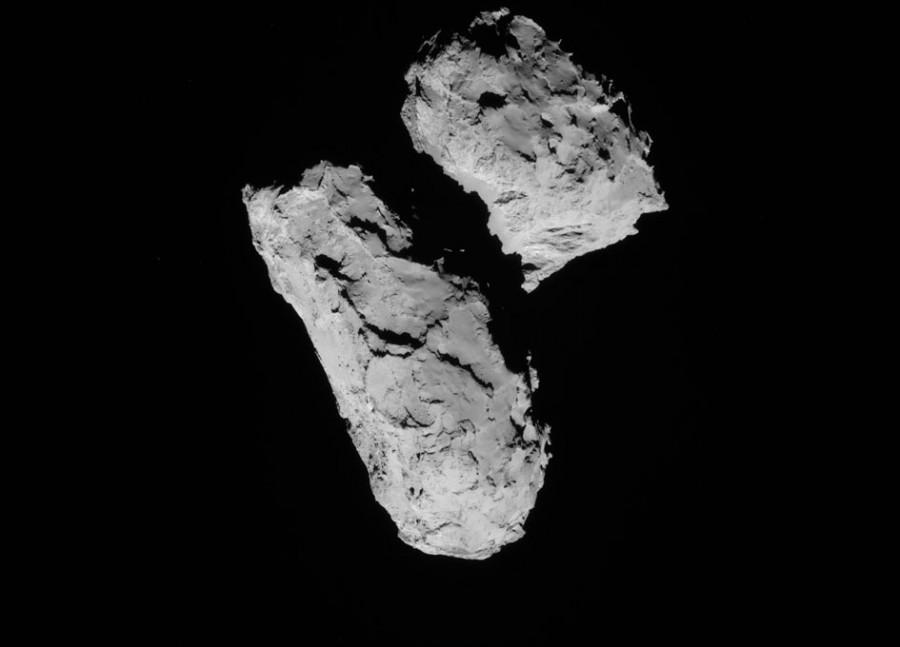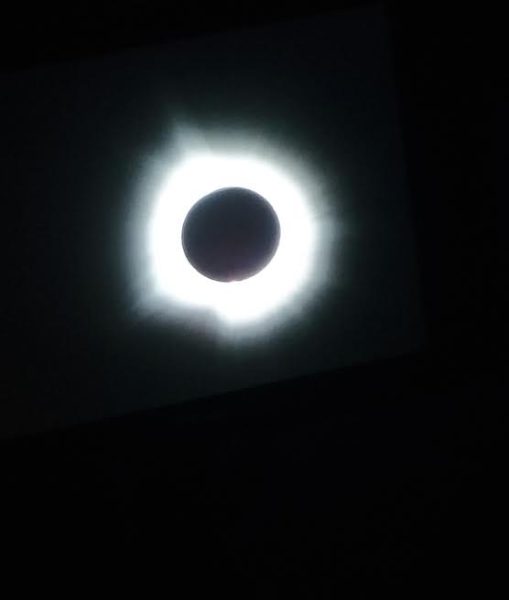Comet Landing Makes History
After a 10-year, 310-million-mile trek, the first space vehicle in history to land on a comet, called Philae, ended its journey.
On Friday, November 14, 2014, this space vehicle made its descent onto Comet 67/P. It was meant to have received seven hours of light per comet day, each of which lasts around 12.4 hours. The vehicle is now being exposed to a mere 1.5 hours per day, which likely contributed to the run down of its batteries. Philae has been in idle mode and is set for a potentially long silence. They European Space Agency, also known as ESA, has commented, saying, “In this mode, all instruments and most systems on board are shut down.”
This mission has not gone to plan since the very beginning, where Philae separated from the Rosetta orbiter. It strayed two bounces away from its appointed destination and never deployed the landing harpoon.
While this historical space vehicle has a rechargeable secondary battery, ESA says there is not enough sunlight to revive it. There is one last hope, however, due to the lander’s main body still being able to receive commands. Mission controllers have sent said commands, hoping to rotate the lander’s main body, where the solar panels are located. This could potentially expose the panels to sunlight, which in turn would recharge the battery.
The German agency that operates the spacecraft had a humorous reaction to the unexpected failure of Philae’s batteries. They have taken to the social media account known as Twitter. The agency created an account for Philae, tweeting things such as “I’m feeling a bit tired, did you get all my data? I might take a nap.” Or “So much work…getting tire…my battery voltage is approaching the limit soon now.”
The space craft is not expected to resume operations any ti

Hi! My name is Sophi Sanchez and I am a senior here at Alliance High. I'm a third year writer for the Spud. My sophomore year, I placed fifth in the state...











